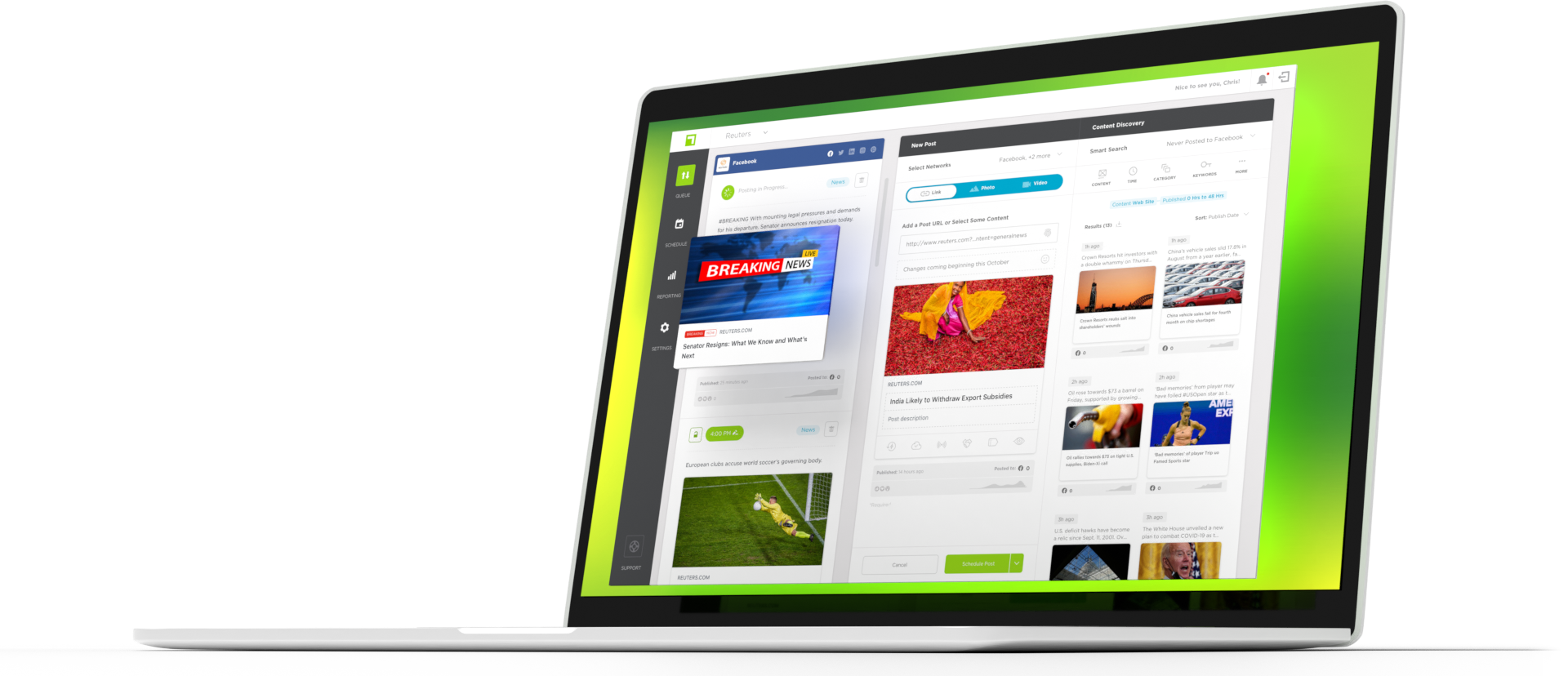Let’s identify the Internet’s reality in 2020 (and really for the past decade+): Direct traffic doesn’t exist. So how do you drive people to your content? Search and social drive a vast majority of referrals across the web, and metadata drives both. Therefore, developing robust metadata management best practices will go a long way in helping you maximize what you get from these massive traffic sources.
Metadata is an intimidating concept. Where do you start? What should you include? How much is too much? And… what even is it?
Here’s a crash course: Metadata is the information that surrounds the content and tells us what it contains. It consists of keywords, author information, dates, summaries – everything that provides us with a description of the content beneath it. All of this is fundamental to the way that the web works: Metadata drives search, and that’s why understanding how to categorize, tag, and keyword appropriately is an essential component of your online success.
These terms don’t have to be scary. Tons of tools are available to create, structure, and analyze your metadata. Use the right tools for your needs, and you’ll be able to formulate a reliable, data-driven approach to content creation. However, there’s a lot to consider, so let’s break it down and look at some tools that can help.
MetaData elements and tools to amplify them
Getting below the surface
Once you’ve created all your metadata best practices and started collecting data, the next step is to analyze it to understand the content you’re creating. Strong data gives you a foundation for good content and sharp execution. Understanding your audience’s affinity is a critical guideline for your team and how they create going forward.
It’s easy to see considerable traffic or engagement numbers on a story and deem it a success, and then repeat it. But what is the value of the sharing and liking after the fact? Do some work on the front end and figure out what you’re trying to accomplish.
First, here are some important questions to ask:
- Does the data you’re creating give you the information that you need?
- How can you use this information to evaluate your content?
- What is it that you’re trying to accomplish with your successful content? Are you looking for conversions to educate or something else? Make sure you know what your end game is.
- What is your most valuable KPI? Is it merely eyeballs on your content? Engagement? Sales? Ensure that you’re measuring the KPI that is most valuable to you, and look at those specific numbers when you’re evaluating success.
Here are some tools that can help you gather, structure, analyze, and organize your metadata on a deeper level:
True Anthem
True Anthem uses data to remove subjectivity from your e posting. Content scores predict social media success and are then used to schedule the right content at the right time. The more data that exists, the more rules can be created surrounding posting, and the more detailed distribution strategies can be.
True Anthem takes away the daily load of social media posting and uses AI to ensure that you’re getting excellent 24/7 social media content coverage. The first step is developing strategic metadata, best practices, and collecting accurate data that gives us a foundation for in-depth custom analysis. The data will be used to autonomously deliver the top content you have to your engaged audience and circulate your best content 24/7.
Refining your system: How to set up metadata fields and when it’s too much
As essential as it is to have well organized and robust metadata, more is not always better. As you create your metadata best practices, check that you aren’t duplicating in multiple fields. It isn’t worth clogging up your server with a bunch of junk. Only include what you need to provide further insight and be better at your day-to-day.
It is also essential to take your platform and audience into consideration. If you’re optimized for a Twitter card, for example, it won’t pull appropriately into Facebook. It’s worth spending extra time to customize your metadata for SEO and Open Graph and Twitter separately. Driving engagement on social platforms is preferable for most because website engagement is generally a much more complicated user experience. You’re going to benefit from platform-specific content.
Images
Images are also a key entry point for people who are discovering you on other platforms. You’ll want to make sure that each platform has its own image and that it meets the specifications for the platform. Your Facebook image isn’t going to work on Pinterest or Instagram.
It’s worth it!
Invest time and effort on the front end to set up your metadata best practices and analysis. You’ll end up with a deep understanding of your content and your audience, and that can take you wherever you want to go.
True Anthem is an AI solution to your everyday posting needs. Free your team up to branch out and engage your audience well—set up a demo today.

